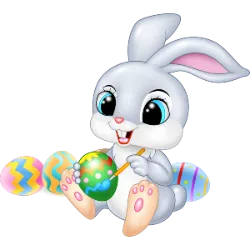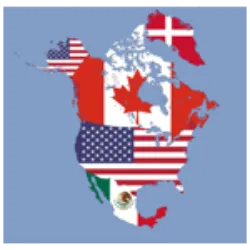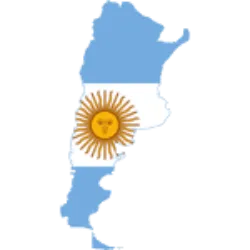The Meaning of Easter
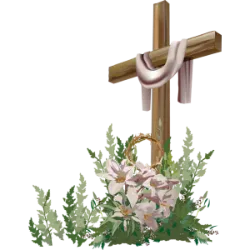
THE Easter It is one of the most important celebrations in the calendar, carrying religious, cultural and historical meanings. In Christianity, it represents the resurrection of Jesus Christ, three days after his crucifixion, symbolizing renewal, faith and victory over death. For Jews, the festival is known as Pesach and commemorates the liberation of the Hebrew people from slavery in Egypt, marked by a period of reflection and gratitude.
In addition to the religious context, Easter also has roots in pagan spring festivals, which celebrated the rebirth of nature and fertility. Symbols such as eggs and rabbits, popular in modern celebrations, have their origins in these traditions, representing the renewal of life and abundance.
Today, Easter is celebrated in different parts of the world with different customs. While some religious traditions include fasting and processions, in other cultures the date is highlighted by family gatherings, chocolate exchanges and outdoor festivities. Thus, Easter continues to be a time of celebration and reflection, uniting spirituality and culture throughout the centuries.
Easter Symbolism
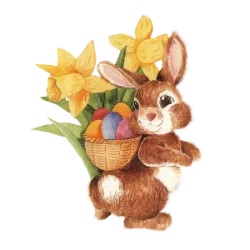
Easter is rich in symbolism that transcends religious and cultural boundaries, representing renewal, life and fertility. One of the main symbols of this celebration is the egg, widely recognized as an emblem of renewal and new life. The egg, with its shell that protects and shelters the life within, is seen as a powerful symbol of rebirth, especially during the spring when nature is renewed.
The tradition of exchanging decorated eggs dates back to ancient practices and was incorporated into the Christian festivities of Easter, symbolizing the empty tomb of Christ and the miracle of his resurrection. However, its origins are even older, with pagan cultures linking the egg to fertility and the rebirth of the earth.
Another symbol widely associated with Easter is the rabbit, or hare, an animal that, especially in pagan traditions, represents fertility. The choice of the rabbit as the symbol of Easter reflects this link with prosperity and the multiplication of life. Its association with Easter became established in Europe, especially in Germany, in the 17th century, and the rabbit became the bearer of Easter eggs, a custom that spread to other parts of the world.
Test yourself with one of these challenges 👇
Discover some interesting facts about Easter
The Influence of Easter on Other Festivals
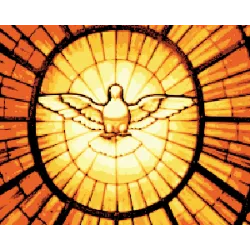
Easter, a central celebration of Christianity, not only marks the resurrection of Jesus Christ, but also has a profound influence on other religious festivals in the Christian calendar, such as Pentecost and the Ascension of Christ.
Following the celebration of Christ's resurrection, Pentecost occurs fifty days after Easter, commemorating the descent of the Holy Spirit upon the apostles, a pivotal event in the formation of the Christian Church. The date is therefore directly linked to Easter, as a mark of the continuation of Christ's work, with the Holy Spirit empowering his followers to spread the gospel.
Another event influenced by Easter is the Ascension of Christ, celebrated forty days after Easter. This date commemorates Jesus' ascension into heaven, where, according to Christian tradition, he sat at the right hand of God. The Ascension marks the completion of his earthly mission, paving the way for the coming of the Holy Spirit, which would be celebrated at Pentecost.
Both feasts are linked to the Easter cycle, reflecting not only the victory over death but also the strengthening and growth of the Church.
Christian Easter
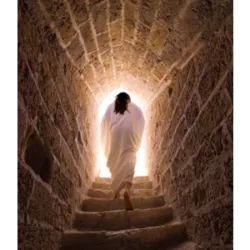
THE Christian Easter , the most important event in Christianity, celebrates the resurrection of Jesus Christ, which occurred three days after his crucifixion. The date symbolizes the victory over death and the hope of eternal life for the faithful. Holy Week precedes Easter, with important moments such as Holy Thursday, which commemorates the Last Supper, and Good Friday, the day of the crucifixion. On Easter Sunday, special masses gather the faithful all over the world to celebrate the resurrection. In addition to the religious aspect, the date is also marked by popular traditions, such as chocolate eggs and family gatherings.
Easter, celebrated in many parts of the world
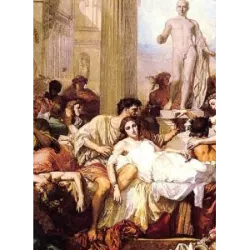
Easter, celebrated in many parts of the world, is also recognized as a spring festival, with rituals and traditions that mark the beginning of the season, regardless of its religious origins. The festival has its roots in ancient pagan practices, when different cultures held ceremonies to celebrate the renewal of life and the rebirth of nature. For these people, spring represented fertility, prosperity and new cycles of growth.
These celebrations, often linked to earth worship, included dancing, singing and celebrations around bonfires. The hare and eggs, traditional symbols of Easter, originate from pagan mythologies, with the hare associated with fertility and the egg representing rebirth and the continuity of life.
Over time, these traditions were incorporated into Christianity, but the spirit of the spring festival remained. Today, Easter is a celebration of renewal and family togetherness, with outdoor festivals and the tradition of egg hunts. The name "Easter" in English comes from the Germanic goddess Eostre, who was associated with fertility. When the Germanic and Celtic peoples converted to Christianity, the rituals dedicated to Eostre merged with the celebration of the resurrection of Christ, maintaining customs such as the exchange of decorated eggs.
Pesach: The Jewish Passover
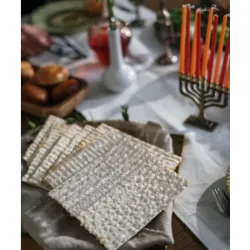
In Judaism, Passover, also known as the Jewish Passover, is one of the most important celebrations and occurs annually on the 15th day of the Hebrew month of Nisan, which usually falls between March and April. The date is marked by a series of rituals and traditions that commemorate the liberation of the Israelites from slavery in Egypt, as narrated in the Book of Exodus. Passover is a time of reflection and celebration of freedom and redemption.
The celebration lasts seven or eight days, depending on the tradition, with the first and last days being the most significant. During Passover, Jews follow a series of dietary restrictions, the main one being the prohibition of consuming yeast or any food containing yeast, in memory of the haste with which the Israelites left Egypt, without time to wait for the bread to rise. Therefore, the essential food of the celebration is matzah, an unleavened bread.
The main ceremony of Passover is the Seder, a ritual meal that takes place on the first night of the festival. During the Seder, the Haggadah, which tells the story of the Exodus, is read and symbolic foods are eaten, such as maror (bitter herbs) and charoset (a sweet mixture that symbolizes the mortar used by the Israelites to build buildings in Egypt). Passover is a celebration of faith, remembrance, and family togetherness.
Easter Tradition in Greece
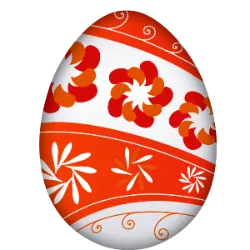
THE Easter is the most important celebration in Greece , marked by rituals full of symbolism and tradition. One of the most well-known practices is painting eggs red, representing the blood of Christ and the renewal of life. During Easter Sunday, eggs are used in a popular game called tsougrisma, in which participants hit one egg against another, symbolizing resurrection and the victory of life over death.
On the island of Corfu, a unique tradition attracts locals and tourists alike: on the morning of Holy Saturday, residents throw large ceramic pots from their windows. Known as botides, this practice represents renewal and the banishment of bad luck, as well as symbolizing abundance for the coming year.
Greek celebrations also include large banquets, with typical dishes such as roast lamb and magiritsa, a soup served after the Lenten fast. Thus, Easter in Greece mixes faith, symbolism and joy, making it one of the most vibrant celebrations in the country.
Test yourself with one of these challenges 👇
HOME
